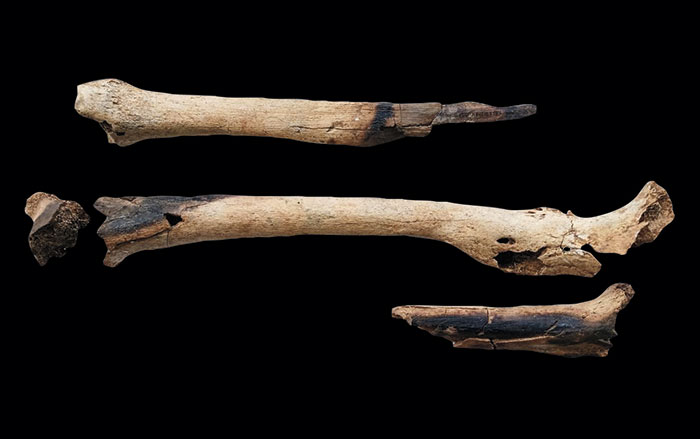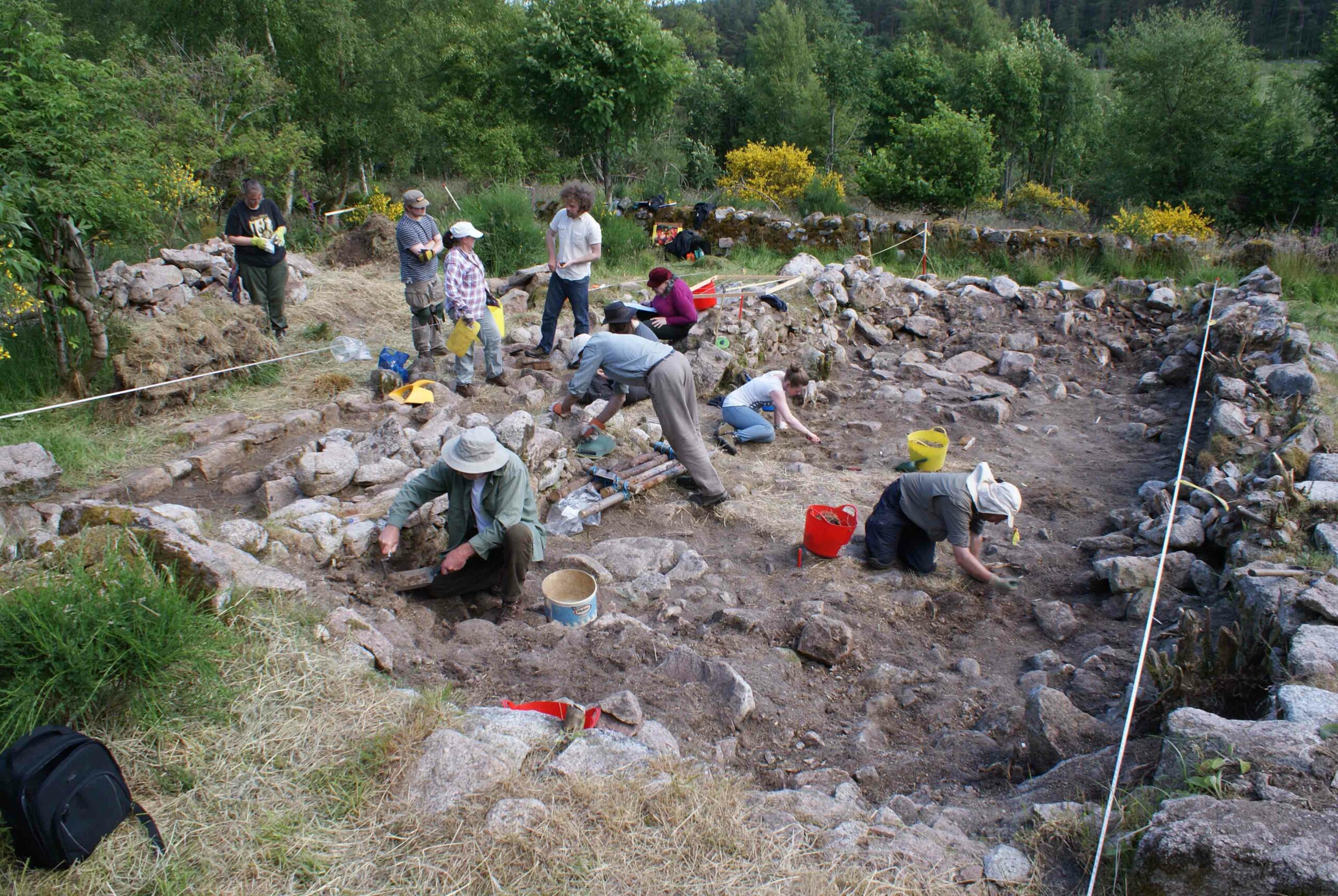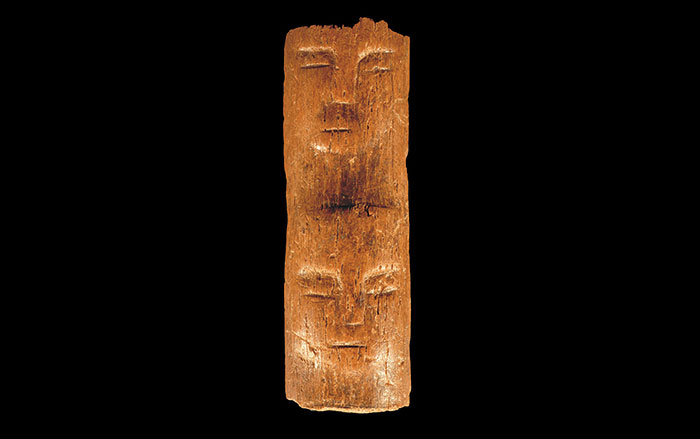
TORONTO, CANADA—Farmers began to domesticate peach trees 7,500 years ago in the lower Yangtze River Valley of southern China, according to a new study of ancient peach pits conducted by Yunfei Zheng and X. Chen of the Zhejiang Institute of Archaeology, and Gary Crawford of the University of Toronto. Since peach trees mature quickly and produce fruit within two to three years, the results of selective breeding for preferred traits, such as larger, sweeter peaches, would have been seen by early farmers relatively quickly. And peach pits survive in the archaeological record. By comparing peach pits from six sites that spanned a period of 5,000 years, the scientists determined that peaches were indeed growing larger in the Yangtze Valley, becoming the fruit we recognize today over a period of about 3,000 years. “We’re suggesting that very early on, people understood grafting and vegetative reproduction, because it sped up selection. They had to have been doing such work, because seeds have a lot of genetic variability, and you don’t know if a seed will produce the same fruit as the tree that produced it. It’s a gamble. If they simply started grafting, it would guarantee the orchard would have the peaches they wanted,” Crawford told Science Daily.










